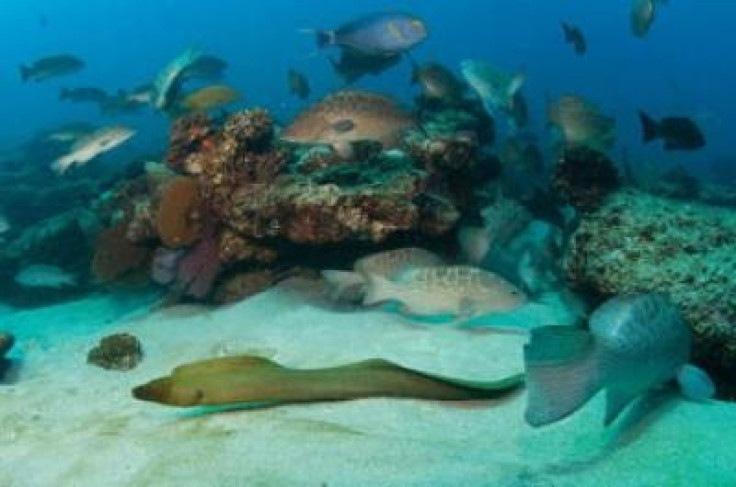Undersea Life Thrives at Mexican Marine Park, Biomass Surges 460 Pct [PHOTOS]

Undersea life at the Cabo Pulmo National Park of Mexico is thriving thanks to a 15-year ban on fishing and other extractive activities.
Researchers at the Scripps Institution of Oceanography at UC San Diego conducted a study from 1999 to 2009. They recently published their findings in the “Public Library of Science (PLoS) ONE” journal.
They found that biomass, or the total amount of fish in the reserve ecosystem, boomed over 460 percent in the 10-year period.
In 1999, there were only medium-sized fishes in the area due to overhunting. By 2009, the biomass of carnivores increase 4 times and the biomass of top predators increased 11 times. Now, there are plenty of large species like parrotfish, groupers, snappers, and even sharks.
“The most striking result of the paper…is that fish communities at a depleted site can recover up to a level comparable to remote, pristine sites that have never been fished by humans,” especially in a large 71-square-kilometers area like Cabo Pulmo, stated a University of California San Diego press release.
The authors of the study noted that the reserve serves as a good example of just how well a strictly enforced “no take” policy can rehabilitate a damaged ecosystem.
Healing the environment has tremendous benefits to science and humanity. Moreover, it could help reduce local poverty. The Cabo Pulmo reserve, for example, has spawned eco-tourism, stated the study.
The study attributed the success of the Cabo Pulmo “no take” policy to the “determined action of a few [local] families” to enforce it.
© Copyright IBTimes 2024. All rights reserved.











